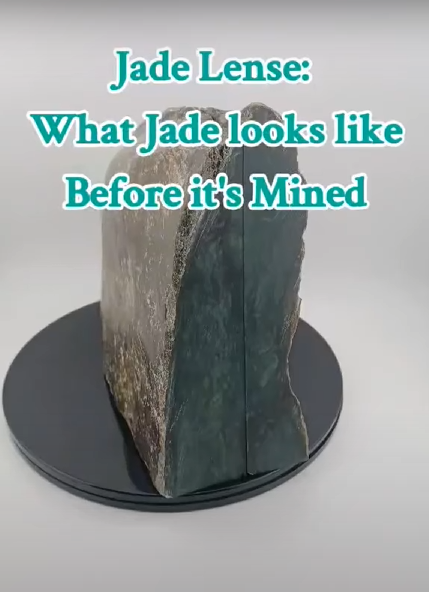
The Dangers of Fake Jade in the Jewelry Industry
Translucency Jade JewelryChia sẻ
The allure of jade's mesmerizing hues and limited quantity has led to a surge in demand over the years for this precious gemstone. Unfortunately, this surge has also given rise to a shadowy underworld of counterfeiters and unscrupulous dealers peddling fake jade to unsuspecting buyers. From synthetic imitations to dyed stones masquerading as genuine jade, the market is flooded with deceptive replicas that can deceive even the most discerning eye.
Why does fake jade pose such a significant threat, and what are the dangers associated with it?
First and foremost, fake jade undermines the integrity of the jewelry industry. It erodes consumer trust and tarnishes the reputation of reputable jewelers and gemstone dealers who take pride in offering authentic, high-quality products. When customers unknowingly purchase fake jade, they are not only cheated out of their hard-earned money but also deprived of the opportunity to experience the true beauty and value of genuine jade.
Moreover, fake jade can have adverse health implications for those who come into contact with it. Many counterfeit jade products are made using synthetic materials or treated stones that may contain harmful chemicals and toxins. These substances can leach into the skin upon prolonged wear or cause allergic reactions, leading to skin irritation, rashes, and other health issues. In some cases, exposure to certain chemicals found in fake jade has been linked to more severe health problems, including respiratory issues and organ damage.


Fake jade, also known as jade simulants or imitation jade, can be made from a variety of materials. Some common materials used to create fake jade include:
Glass: Glass is often used to mimic the appearance of jade due to its ability to be dyed or colored to resemble jade's green hues.
Plastic: Certain types of plastic, such as acrylic or resin, may be used to create imitation jade jewelry or decorative items. Plastic can be molded and colored to imitate the appearance of jade, but it lacks the hardness and density of genuine jade.
Composite materials: Some imitation jade products are made from composite materials that contain a mixture of materials such as resin, glass, or other minerals.
Synthetic materials: Synthetic materials such as polymer clay or epoxy resin may also be used to be injected into low quality jades, Turning Type: A Jade into Type B or C (Fake).


So, what can be done to combat the dangers of fake jade and protect consumers from falling victim to this insidious threat?
Education and awareness are key. By educating themselves about the characteristics of genuine jade and learning how to distinguish it from fake counterparts, consumers can make informed purchasing decisions and avoid falling prey to counterfeiters. Reputable jewelers and gemstone dealers should also prioritize transparency and ethical sourcing practices, providing customers with clear information about the origins and authenticity of their jade products.


In conclusion, the dangers of fake jade extend far beyond the realm of aesthetics and monetary loss. From undermining consumer trust to posing health risks and perpetuating environmental exploitation, counterfeit jade threatens the integrity of the jewelry industry and jeopardizes the well-being of individuals and communities worldwide. By raising awareness, promoting transparency, and advocating for ethical practices, we can collectively combat the scourge of fake jade and uphold the integrity of this cherished gemstone for generations to come.
- Justin The Jade Carver
- Justin The Jade Carver




